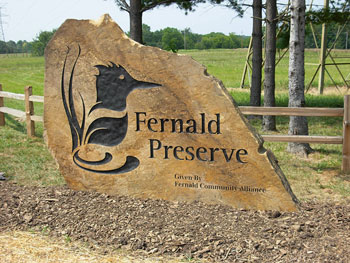 Two decades and billions of dollars later, there is still no hope or realistic plans to completely remove all of the waste. However, many people seem perfectly fine with that idea. Lisa Crawford, who previously lived in the area her entire life, has said "Are we totally cleaned up? No. Could we have gotten a better cleanup? No. But we are comfortable with what we have."
Two decades and billions of dollars later, there is still no hope or realistic plans to completely remove all of the waste. However, many people seem perfectly fine with that idea. Lisa Crawford, who previously lived in the area her entire life, has said "Are we totally cleaned up? No. Could we have gotten a better cleanup? No. But we are comfortable with what we have."A chemist in the DOE cleanup program also discussed that in some cases it is technically impossible to remove every last bit of waste from underground tanks. The full article can be read here.
Monitoring the site and treating groundwater will still take place in efforts to gradually decrease the amount of radioactivity on Fernald Preserve. This drastic example puts Hanford into perspective for the future; will administrations just decide that complete clean-up is impossible? Will the costs keep rising so that the program can no longer be funded at all? Will people in the Hanford region accept the idea that their land will never be sustainable again?


The example of Fernald Preserve is a chilling one for folks interested in Hanford. It's also a good reminder of the long-lasting effects of nuclear power & weapons generation. This should serve as a reminder to the public to demand that Hanford clean-up efforts be efficient and thorough. It's already been 20 years!
ReplyDeleteThis issue reminds me of the problems that a lot of Native American tribes are facing due to the radioactivity poisoning their land. The fact that the DOE keeps insisting that there will be (future, generational cleanup) for years to come, reveals their increasing insensitivity toward local people's needs/wants to live off that land (some of which who have for many, many generations). This includes all people who live in toxic areas and especailly, the Native American tribes who have been severly subjected to invasion of their (treaty) land. Where is the care? How can they feel right about taking away land from the very people they are supposed to be working for? How can they not see the injustice in literally stripping away families' and people's shared history and culture of the land?
ReplyDelete